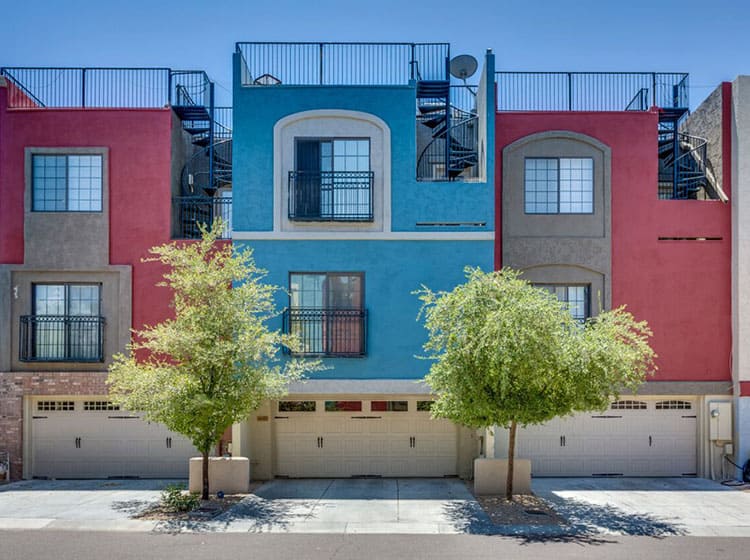Discover The Effect Of Seasonal Aspects On The Effectiveness Of Commercial Exterior Painting And Identify The Ideal Times To Achieve Enduring Outcomes For Your Project
Discover The Effect Of Seasonal Aspects On The Effectiveness Of Commercial Exterior Painting And Identify The Ideal Times To Achieve Enduring Outcomes For Your Project
Blog Article
Short Article By-Doherty Rodriquez
When you're intending a commercial exterior paint job, seasonal elements can make or damage your results. You'll want to take into consideration exactly how temperature and moisture impact paint application and drying times. Choosing the ideal season can guarantee your paint sticks correctly and lasts longer. Yet which periods are truly the best for this type of work? Let's check out the key elements that can impact your task's success.
The Impact of Temperature on Paint Application
When you're planning a business external paint project, the temperature can dramatically impact just how well the paint adheres and dries.
Ideally, you want to paint when temperatures vary between 50 ° F and 85 ° F. If it's as well cold, the paint may not cure correctly, bring about issues like peeling off or splitting.
On the flip side, if it's as well warm, the paint can dry out too promptly, avoiding appropriate attachment and leading to an uneven finish.
You must also think about the time of day; morning or late afternoon supplies cooler temperatures, which can be a lot more desirable.
Always inspect the manufacturer's suggestions for the certain paint you're utilizing, as they usually provide assistance on the perfect temperature level range for ideal results.
Humidity and Its Impact on Drying Times
Temperature isn't the only ecological aspect that influences your business exterior paint task; humidity plays a substantial function also. High humidity degrees can slow down drying times substantially, affecting the overall top quality of your paint work.
When the air is filled with moisture, the paint takes longer to treat, which can result in problems like bad attachment and a greater risk of mold growth. If you're repainting on a specifically damp day, be prepared for extended wait times in between coats.
aluminum siding painting company to check regional climate condition and plan as necessary. Preferably, aim for moisture degrees between 40% and 70% for ideal drying.
Maintaining these consider mind ensures your project remains on track and supplies a long-term coating.
Best Seasons for Commercial Exterior Painting Projects
What's the very best time of year for your industrial external paint jobs?
Springtime and early fall are generally your best choices. During these seasons, temperature levels are mild, and moisture levels are often reduced, developing suitable problems for paint application and drying.
simply click the next document , which can create paint to completely dry too quickly, resulting in inadequate bond and surface. Likewise, winter season's cool temperature levels can prevent appropriate drying out and healing, running the risk of the durability of your paint work.
Aim for days with temperature levels between 50 ° F and 85 ° F for optimum outcomes. Bear in mind to examine the local weather prediction for rain, as damp conditions can ruin your job.
Planning around these factors guarantees your paint project runs smoothly and lasts longer.
Final thought
In conclusion, planning your business exterior painting tasks around seasonal considerations can make a significant distinction in the result. By organizing work during the perfect temperatures and humidity degrees, you'll guarantee much better attachment and drying out times. Keep in mind to watch on local weather report and choose the correct time of year-- springtime and very early autumn are your best bets. Taking these actions will assist you achieve a sturdy and specialist coating that lasts.
